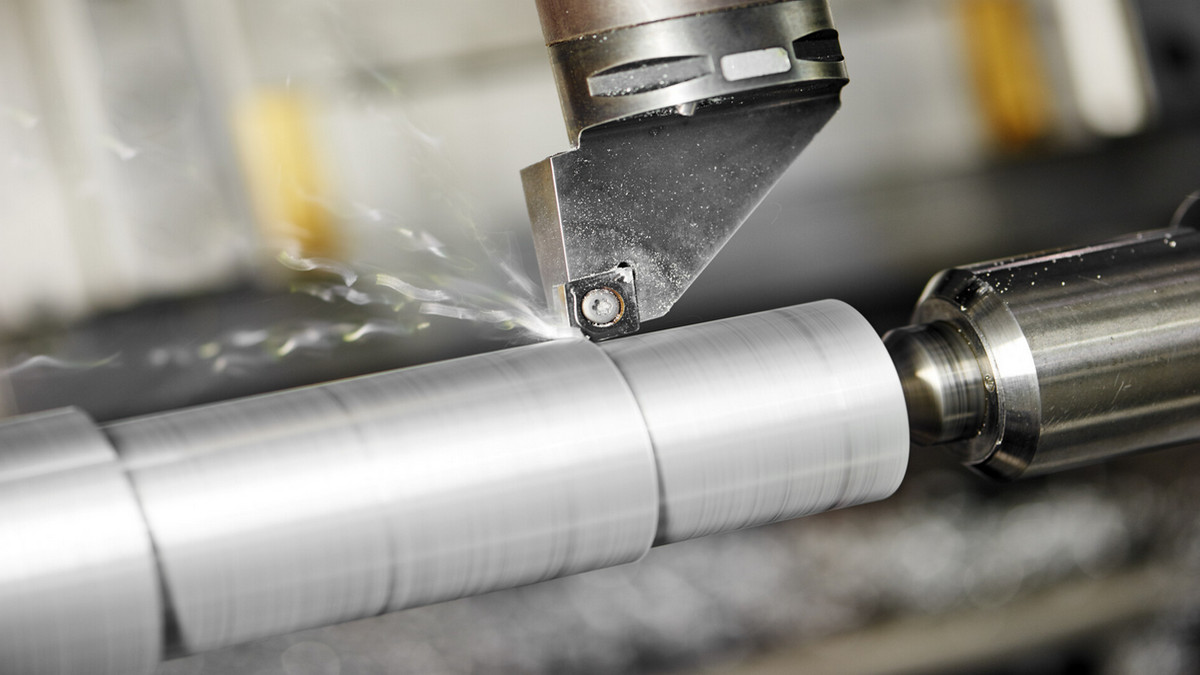Metalworking is the production activity of applying various processes to metallic materials to manufacture desired parts, assembly line components or overall large structures. Do you know what metal processing is? The process of metal processing is roughly divided into three categories, namely metal forming, metal cutting and metal joining. This article will give a further introduction to metal cutting.
What is Metalworking?
Metalworking is the production activity of applying various processes to metallic materials to manufacture desired parts, assembly line components or overall large structures. Many large items such as oil rigs, ships, bridges to small parts such as engines, right through to jewelry are manufactured through metalworking. Therefore, a wide range of techniques, processes, and tools are required to work with metals and ultimately achieve the desired results.
The process of metal processing is roughly divided into three categories, namely metal forming, metal cutting and metal joining.
Metal cutting is the process of bringing material into a specified form by removing it using various tools. Its finished parts should meet the specified requirements in terms of size, workmanship, design and aesthetics. Chipping has only two products - scrap and finished product. After metal has been cut, the waste is called metal swarf.
Metal cutting processes can be further divided into three categories:
- The ones that generate chips are classified into one category, also known as machining.
- Classify substances that burn, oxidize, or evaporate into one category.
- A mixture of the two, or other processes are classified into one category, such as chemical cutting.
Drilling holes in metal parts is the most common example of a process of the first type. Cutting a steel plate into small pieces using a cutting torch is an example of the combustion category. Chemical grinding is an example of a specialized process that uses etch chemicals to remove excess material.
There are many process techniques for cutting metal, such as:
Manual techniques: eg. sawing, chiseling, shearing.Mechanical technology: eg. stamping, grinding and milling.Welding/combustion techniques: eg. by laser, oxy-fuel combustion and plasma combustion.Erosion techniques: Machining using water jet, electrical discharge or abrasive flow.Chemical technology: photochemical processing or etching.As you can see, there are many different types of metal cutting methods!
Introduction to Metal Processing Technology
Metal Marker
Direct Part Marking is a family of technologies for permanently marking metals for part traceability, industrial part labeling, decoration or any other purpose.
Metal Engraving
Engraving is a technology mainly used to engrave patterns, characters, pictures or codes on metal surfaces to obtain products with permanent marks, or to print engravings on paper using engraved metals. Engraving mainly uses two technical means of laser and mechanical engraving.
Metal Stamping
Metal stamping is not a subtractive machining process. It is the use of molds to fold metal sheets into various shapes. The household utensils we usually come into contact with, such as pans, spoons, cooking pots and plates, are all stamped.
Metal Etching
Etching can be achieved by photochemical or laser processes. Laser etching is the current popular technique. This technology has evolved exponentially over time. It refers to high-precision etching by using a coherently amplified beam of light on a metal surface.
Chemical Etching
Chemical etching is the process of exposing a portion of a metal sheet to a strong acid (or etchant), thereby cutting a pattern in it and creating the designed shape in the grooves (or cutouts) in the metal. It is essentially a subtractive process that uses etchant chemistry to produce complex, high-precision metal parts.
Photolithography
Photolithography refers to the photographic process of making acid-resistant layers on metal surfaces. A key difference between this method and motorized or manual scraping techniques prior to chemical etching is that the applied acid-resistant layer is also irradiated to produce a photoresist layer (photoresist layer), a process that helps produce highly Precise and reproducible patterns.
Metal Grinding
Grinding is the physical grinding of a workpiece using cutting tools (abrasives), typically to smooth rough edges, deburr, grind welds, remove chips, create sharp edges, or give metal parts a unique finished look. Typically, grinding is the final operation after a part has been engraved, stamped, etched, or any other form of metalworking.
Metal Milling
Metal milling is the machining process that removes material from a metal surface to form its final shape. Milling machines consist of a milling cutter that rotates on a spindle and a table that can move in multiple directions relative to the work surface.







.png)






